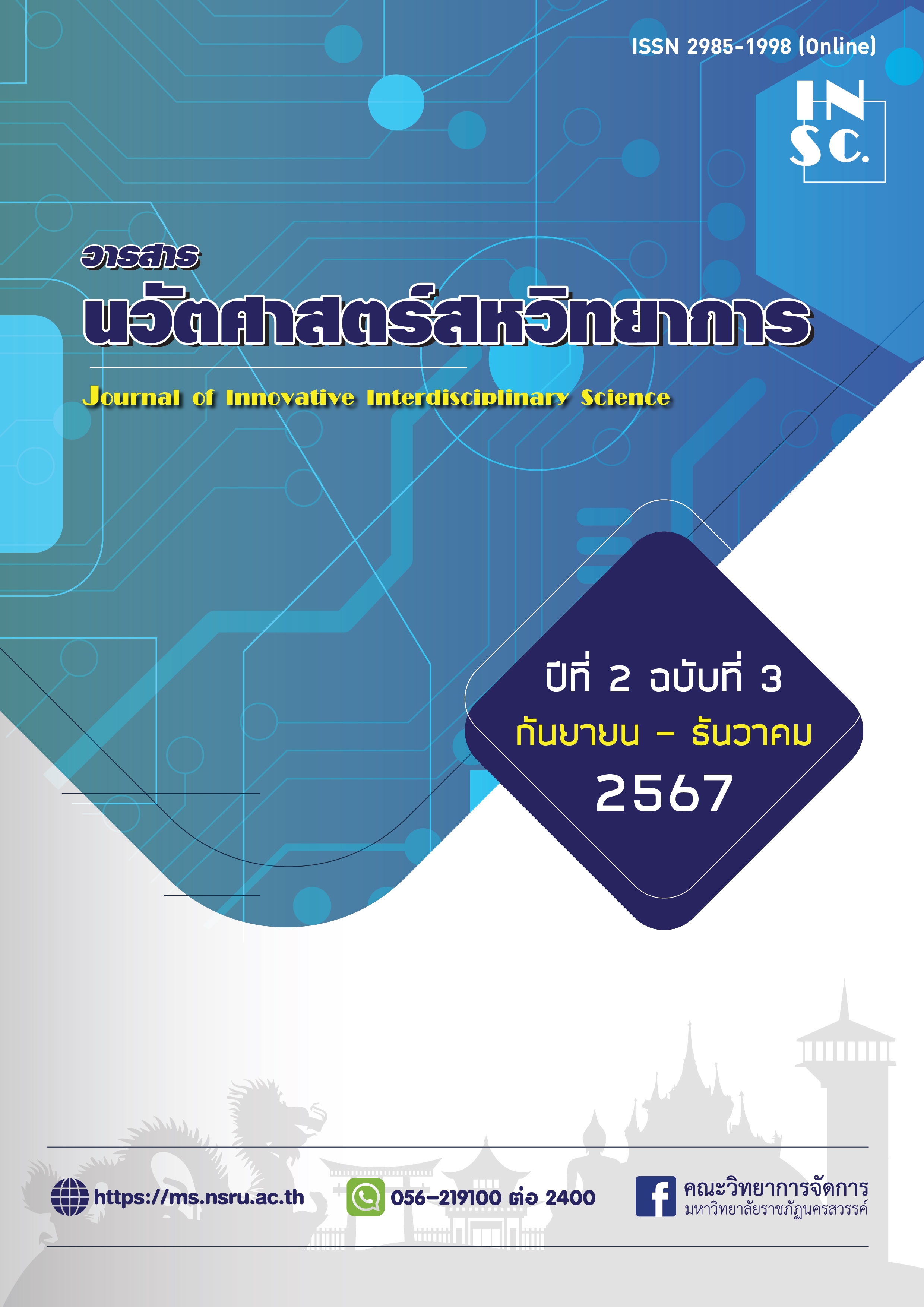Holistic Thinking Value Approach in Time dimension of logistics
Main Article Content
Abstract
Value-delivery activities in the upstream to downstream supply chains are often linked in a systematic way. This is because the supply chain contains many of the activities of the supply chain subunits. The force of the ripple can have a continuous effect as a "spherical supply wave". Delivering that value occurs on the timeline that the author calls this line "Time logistics lines" and there are innumerable numbers in all logistics activities showing a relationship between direction, activity and time direction. That coincide with the results of such activities Have different directions and there are different results. Therefore, thinking holistically with the so-called philosophy. "Metaphysical supply chain logistics" It will focus on development from the smallest to sustainable development in line with His Majesty the King as a new approach to logistics and time-related logistics and supply chain management and operations. In the future and in line with the development of the national logistics strategy as well.
Article Details
References
ปรเมสฐ์ บุญศรี. (2545). การพิสูจน์เวลาเป็นปริมาณเวกเตอร์ด้วยคณิตศาสตร์. วารสารราชบัณฑิต
(2), 399-407.
ปรเมสฐ์ บุญศรี. (2544). พีระมิดความลับที่ถูกเปิดเผย: ความลับของพีระมิดคือฟิสิกส์ขั้นสูงงานที่
ไอน์สไตน์ยังค้นคว้าไม่เสร็จ. กรุงเทพฯ : คอนเซ็พท์ไลน์.
มานิตย์ สิงห์ทองชัยและณัฐพนธ์ เกษสาคร. (2557). ต้นทุนบนฐานเวลา: ความคุ้มค่าในการจัดการธุรกิจ. คณะ
วิทยาการจัดการ มหาวิทยาลัยราชภัฏนครสวรรค์.
Abbasi, M., & Nilsson, F. (2012). Themes and challenges in making supply chains.
Environmentally sustainable. Supply Chain Management, 17(5), 517-530. doi:http://dx.doi.org/10.1108/13598541211258582, 15 May 2015.
Carter, C. R., & Rogers, D. S. (2008). A framework of sustainable supply chain management:
Moving toward new theory. International Journal of Physical Distribution & Logistics
Management, 38(5), 360-387.
Christopher, M., & Peck, H. (2012). Logistics and Supply Chain Management: Creating Value-
Adding Networks. Pearson Education.
Christopher, M. (2016). Logistics & Supply Chain Management: Creating Value-Adding Networks.
Pearson Education.
Christopher, M., & Holweg, M. (2017). Supply Chain 4.0: Adopting digital technologies for impact.
International Journal of Logistics Management, 28(2), 55-74.
Ivanov, D., & Dolgui, A. (2021). "Digital Supply Chain and Industry 4.0: Trends and Research."
International Journal of Production Research. 59(16), 1-20.
Kim, J., Park, Y., & Ryu, D. (2021). Sustainable logistics: A holistic approach to energy
consumption and environmental impacts. Journal of Cleaner Production, 295, 126453.
Ivanov, D., Tsipoulanidis, A., & Schönberger, J. (2020). Global Supply Chain and Operations
Management: A Decision-Oriented Introduction to the Creation of Value. Springer.
Mentzer, J. T., Flint, D. J., & Kent, J. L. (2001). Developing a logistics service quality scale. Journal
of Business Logistics, 22(1), 9-29.
Mentzer, J. T., Flint, D. J., & Hult, G. T. M. (2020). Customer Loyalty and Logistics Service Quality:
A Key Link in the Supply Chain Management. Springer.
Sarkis, J., & Zhu, Q. (2018). Environmental sustainability and supply chain management:
Framework and research agenda. Transportation Research Part E: Logistics and Transportation Review, 115, 421-436.
Sarkis, J., Zhu, Q., & Lai, K. H. (2019). An organizational theoretic review of green supply chain
management literature. International Journal of Production Economics, 139(2), 20-34.
Simchi-Levi, D., Kaminsky, P., & Simchi-Levi, E. (2021). Designing and Managing the Supply
Chain: Concepts, Strategies and Case Studies. McGraw-Hill.
Sufficiency Economy Philosophy (SEP). (n.d.). The Philosophy of Sufficiency Economy: An
Approach to Sustainable Development. The Chaipattana Foundation.


